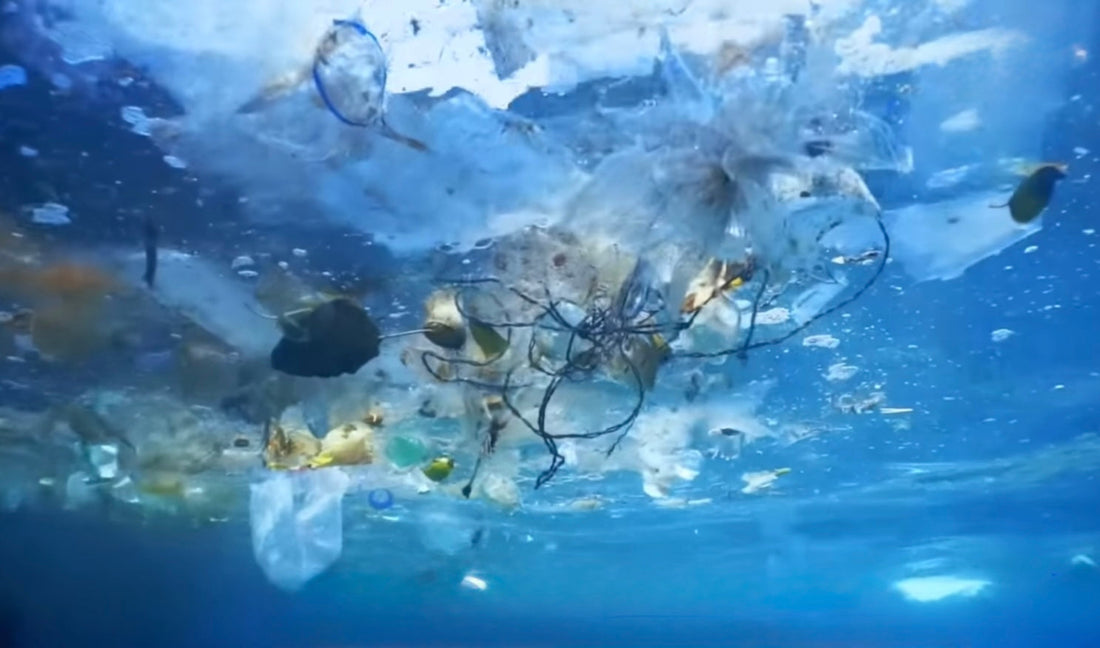
Versatility of Plastic Recycling
Plastic is an incredibly versatile and useful material that is used in countless products around the world. However, plastic waste is a significant environmental problem that contributes to pollution in our oceans, waterways, and landfills. Recycling is one of the most effective ways to reduce the environmental impact of plastic waste. In this blog, we will discuss the importance of plastic recycling and the positive impact it can have on the environment.
Recycling is one of the most effective ways to reduce the environmental impact of plastic waste. In this blog, we will discuss the importance of plastic recycling and the positive impact it can have on the environment.
The Problem with Plastic Waste
Plastic waste is a growing problem worldwide. According to a report by the World Economic Forum, there will be more plastic than fish in the world's oceans by 2050 if we do not take action to reduce plastic waste. Plastic waste can take hundreds of years even up to one thousand years to decompose, and during that time, it can cause significant harm to the environment.
When plastic waste is not disposed of properly, it can end up in our oceans, waterways, and landfills. In the ocean, plastic waste can harm marine life, disrupt ecosystems, and even enter the food chain. In landfills, plastic waste can release harmful chemicals into the soil and water.
The Importance of Plastic Recycling
Recycling is an essential part of reducing the environmental impact of plastic waste. Recycling plastic helps to conserve natural resources, reduce energy consumption, and reduce pollution.
When plastic is recycled, it is processed into new products instead of being sent to a landfill or incinerated. This reduces the amount of plastic waste that ends up in the environment and conserves natural resources. Additionally, recycling plastic uses less energy than producing new plastic products from scratch, which reduces greenhouse gas emissions and helps to mitigate climate change.
Types of Plastic That Can Be Recycled
Not all types of plastic are recyclable, but many are. The most commonly recycled types of plastic are PET (polyethylene terephthalate) and HDPE (high-density polyethylene). These plastics are used in products such as water bottles, milk jugs, and detergent bottles.
Other types of plastic, such as PVC (polyvinyl chloride) and polystyrene, are difficult to recycle and may not be accepted by some recycling programs. It is important to check with your local recycling program to determine which types of plastic they accept.
How to Recycle Plastic
Recycling plastic is easy and can be done in a few simple steps. The first step is to check with your local recycling program to determine which types of plastic they accept and how they should be prepared for recycling. In general, plastic should be cleaned and sorted by type before being placed in the recycling bin.
After the plastic is collected from the recycling bin, it is transported to a recycling facility where it is sorted, washed, and processed into new products. The recycled plastic can be used to make a variety of products, including new plastic bottles, containers, and packaging.
Conclusion
Plastic waste is a significant environmental problem that requires action to mitigate its impact. Recycling plastic is one of the most effective ways to reduce the environmental impact of plastic waste. By conserving natural resources, reducing energy consumption, and reducing pollution, plastic recycling can have a positive impact on the environment. It is important to check with your local recycling program to determine which types of plastic they accept and how they should be prepared for recycling. Together, we can work to reduce plastic waste and protect our planet for future generations.
References:
I drew on information from a variety of sources, including reputable websites such as the Environmental Protection Agency (EPA), the World Economic Forum, and the National Geographic.
